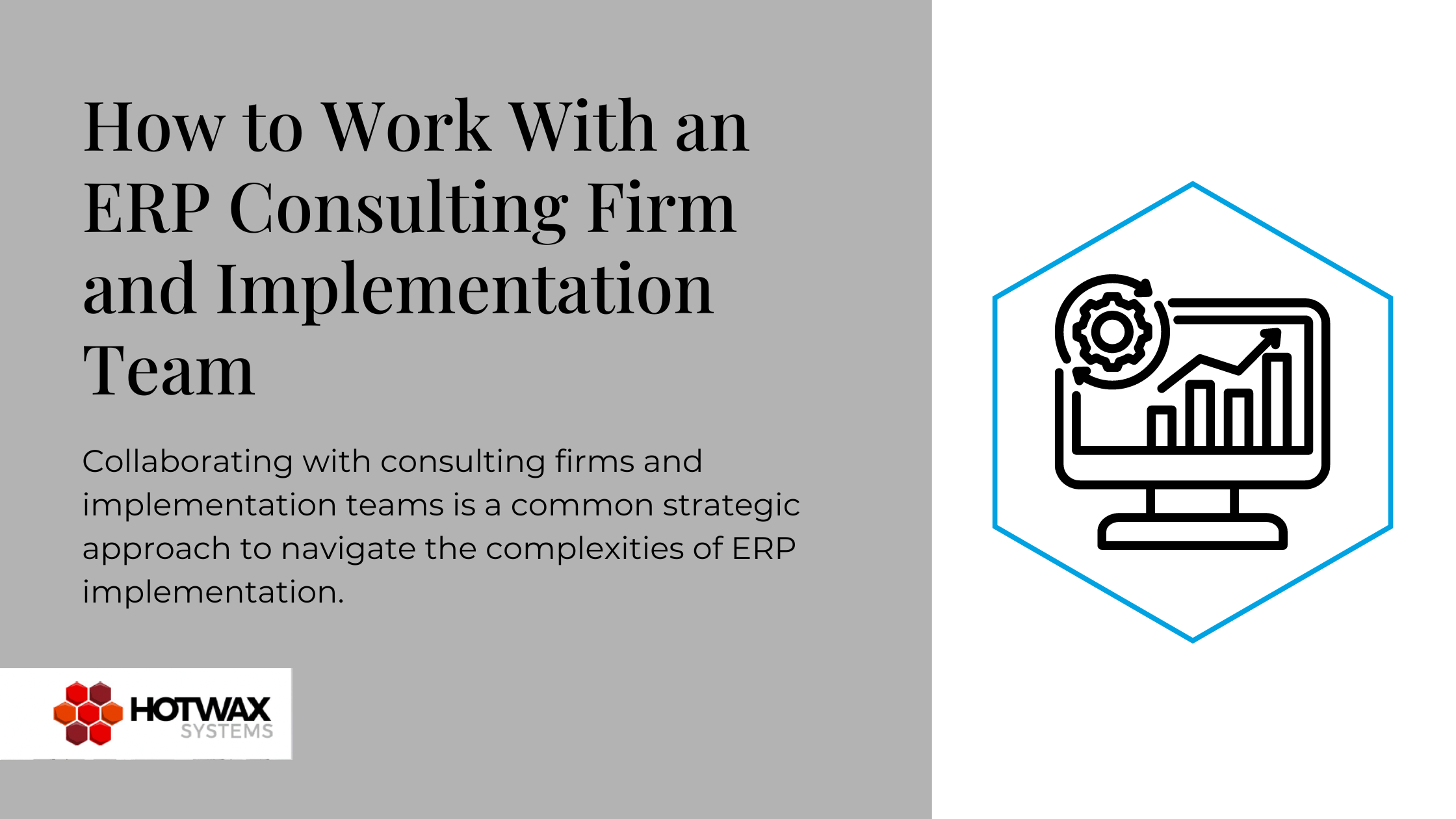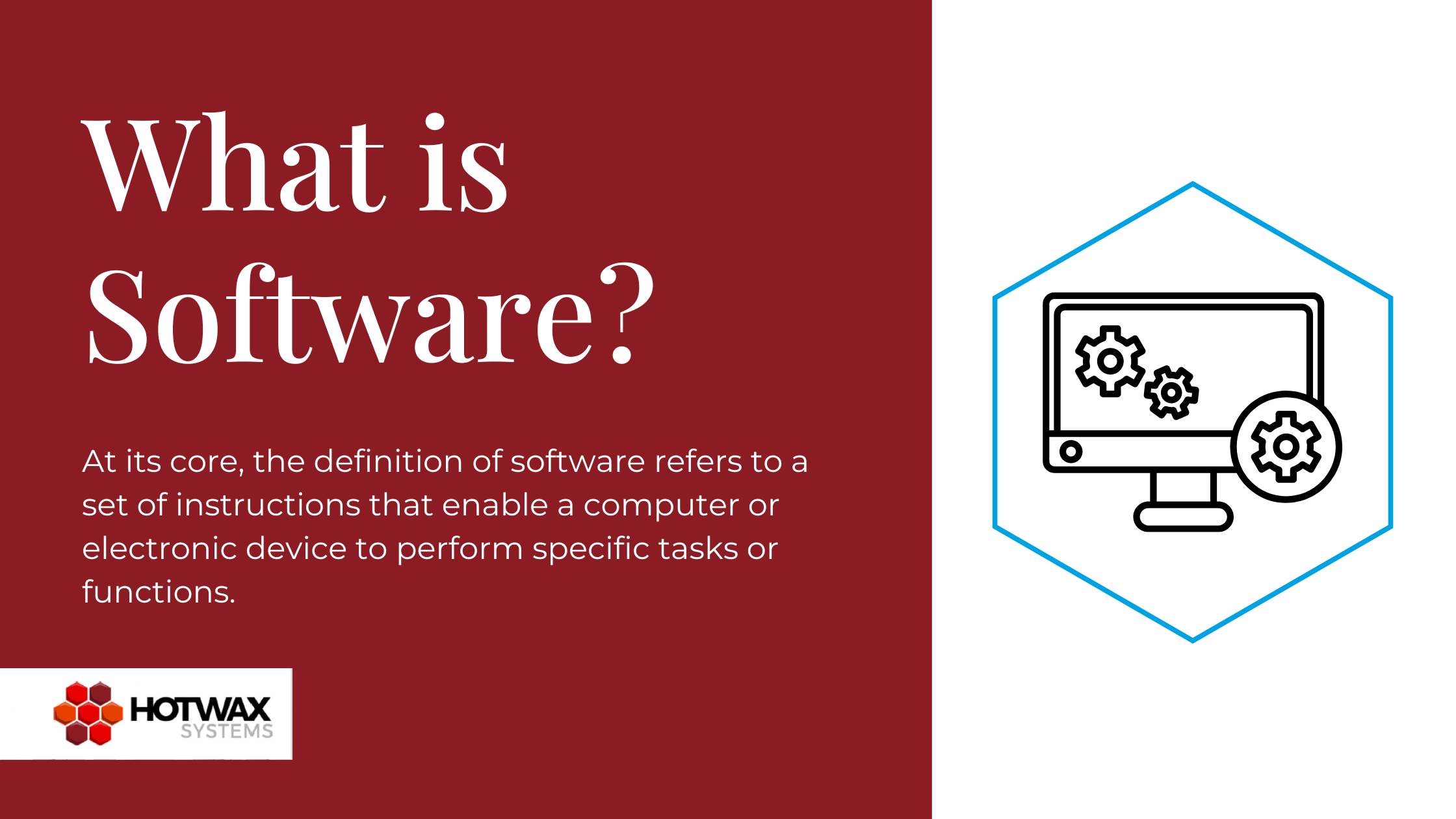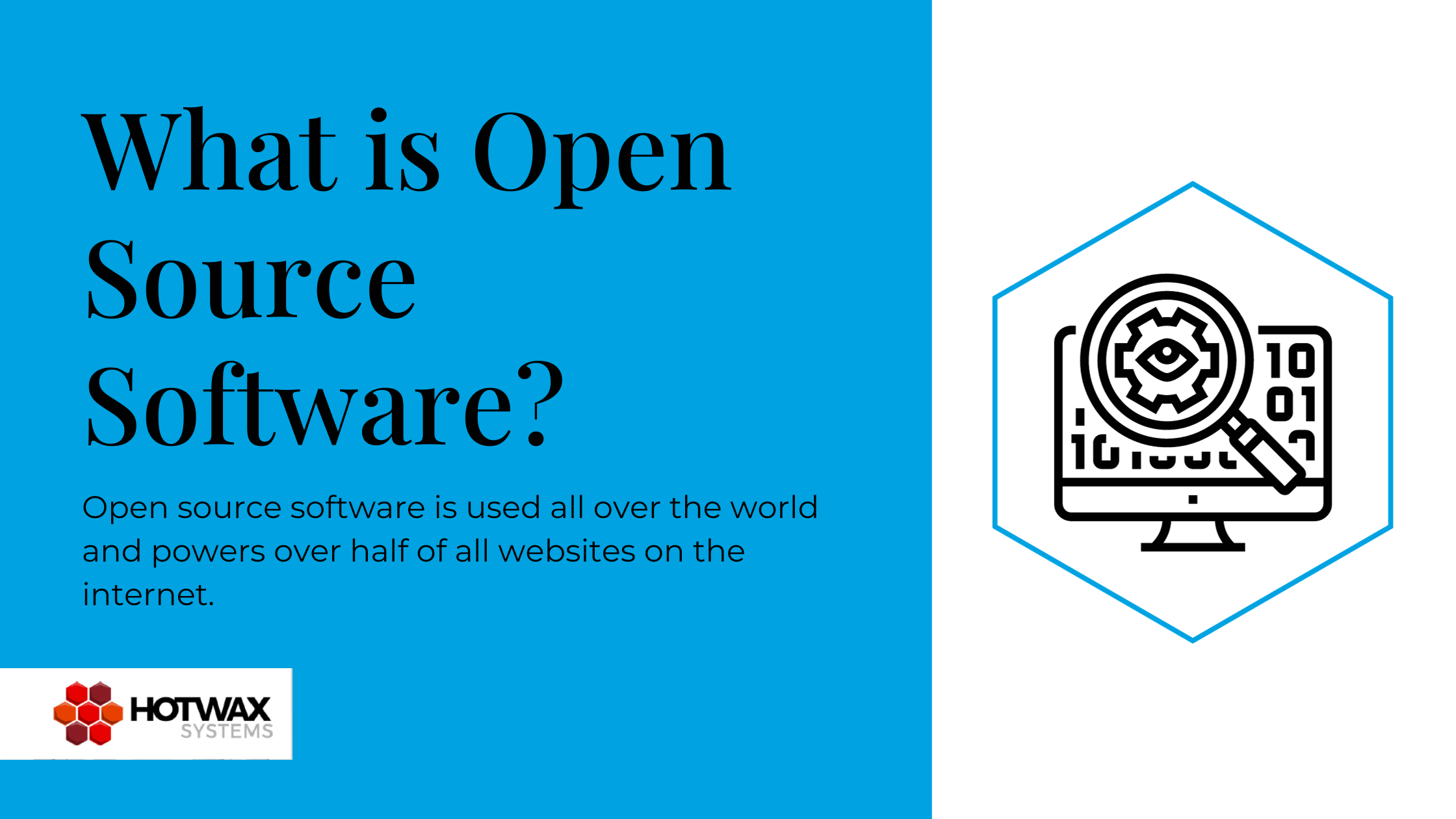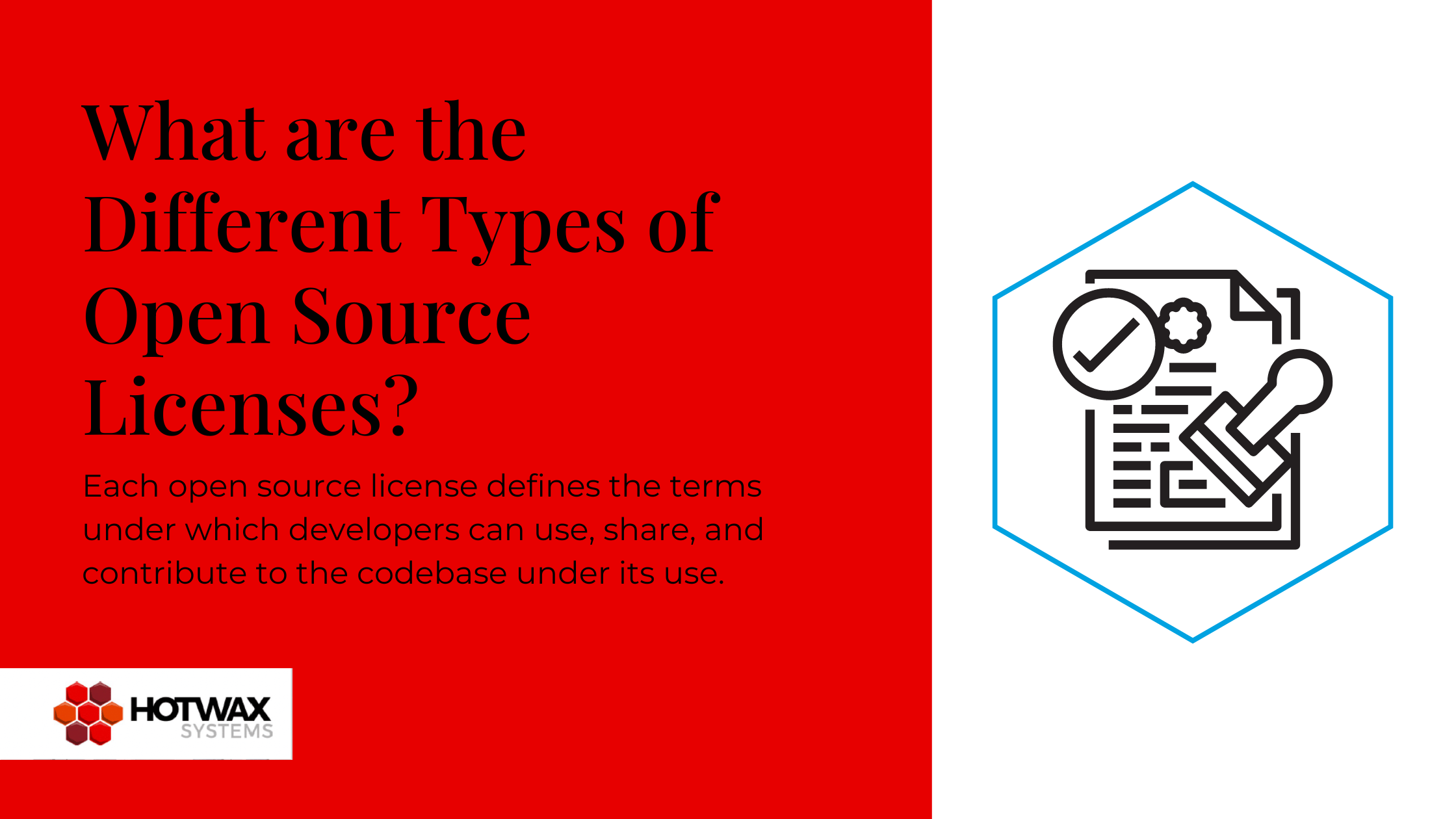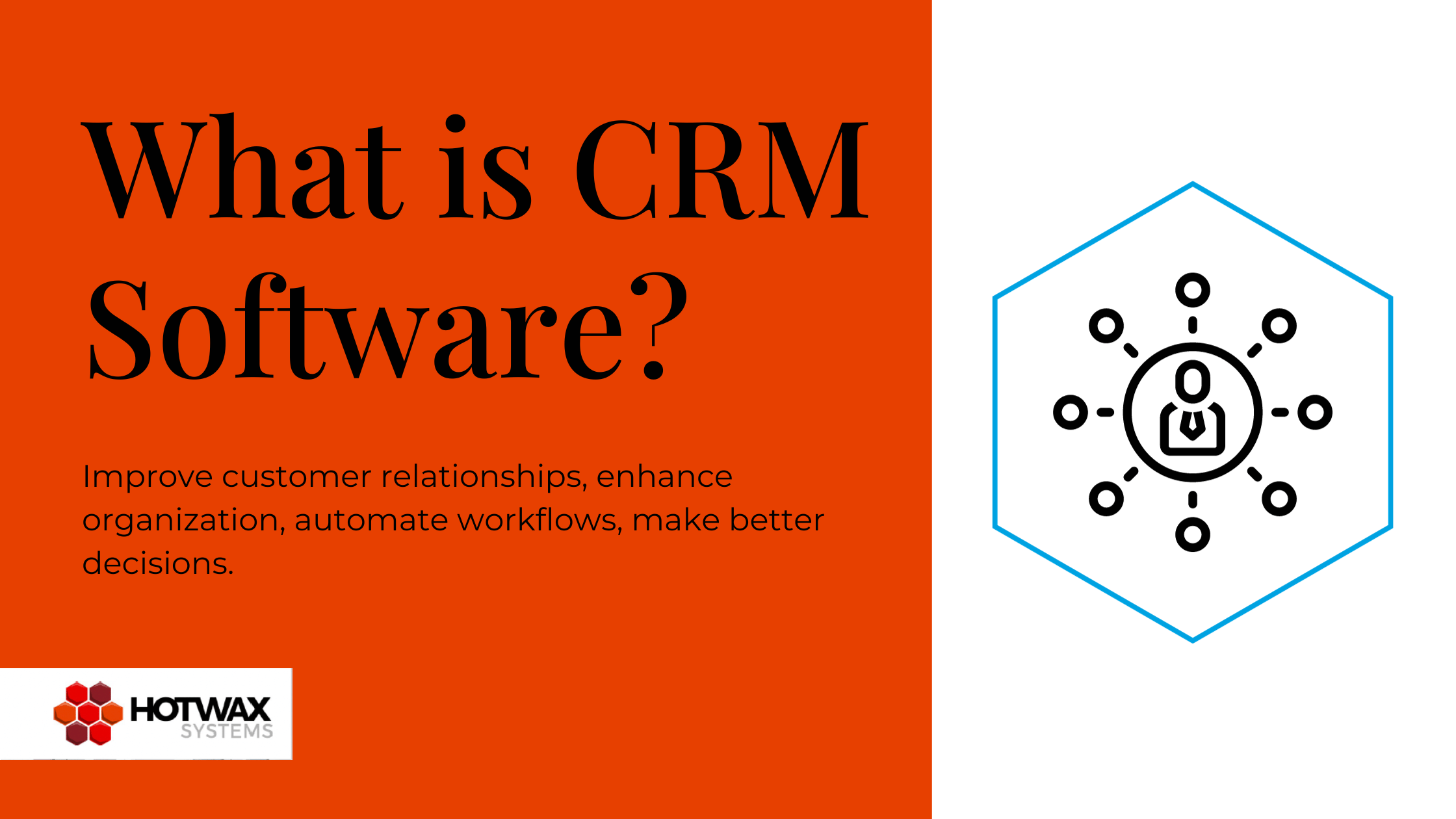What is warehouse management software?
Warehouse management software (WMS) plays a pivotal role in streamlining operations and maximizing efficiency within the supply chain. It’s a digital solution designed to automate and optimize the processes involved in inventory management, order fulfillment, and distribution within a warehouse or distribution center. In doing so, it provides real-time visibility and control over stock levels, tracks inventory movements, and facilitates efficient order processing, picking, and shipping.
Benefits of warehouse management software
Implementing a WMS can bring numerous benefits to businesses, including:
- Enhanced efficiency: WMS automates manual tasks, minimizes human errors and increases operational efficiency. It optimizes inventory storage by reducing unnecessary movement and improving space utilization. Plus, real-time data and analytics enable better decision-making and resource allocation.
- Improved inventory accuracy: WMS utilizes barcode scanning and RFID technology to accurately track inventory levels and locations. This reduces stockouts, overstocking, and loss, leading to improved customer satisfaction and cost savings.
- Streamlined order fulfillment: WMS optimizes order processing, picking, and shipping operations, which leads to faster and more accurate order fulfillment. It enables efficient batch picking, wave picking, and cross-docking, reducing order cycle times and enhancing customer satisfaction.
- Enhanced visibility: Real-time visibility into inventory levels, stock movements, and order statuses enables better planning, forecasting, and decision-making. WMS provides detailed reports and analytics that empower businesses to identify trends, optimize workflows, and improve overall supply chain performance.
- Integration capabilities: WMS can integrate with various enterprise systems including ERP (Enterprise Resource Planning) and CRM (Customer Relationship Management). This seamless integration enhances data accuracy, eliminates silos, and enables end-to-end supply chain visibility.
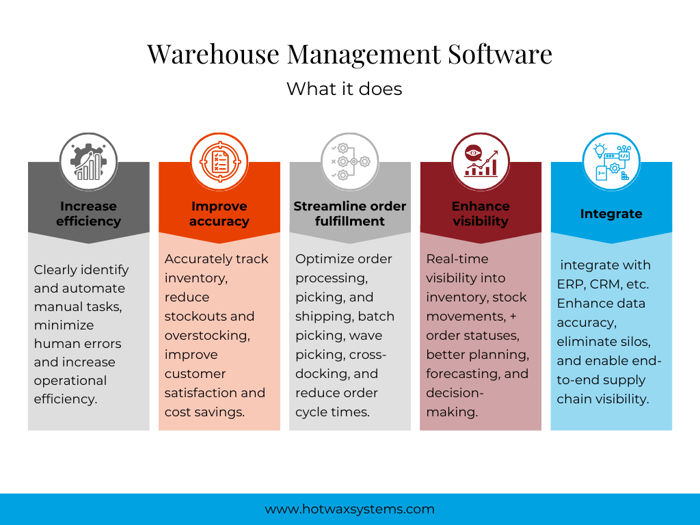
Main modules of warehouse management software
WMS typically consists of the following key modules:
- Inventory management: This module handles inventory tracking, stock levels, replenishment, and cycle counting. It provides real-time visibility into stock status, enables efficient stock movement, and automates inventory reconciliation processes.
- Order management: The order management module manages the entire order fulfillment process, from order creation to delivery. It includes features such as order tracking, order prioritization, and automated order allocation.
- Warehouse control: This module focuses on optimizing warehouse operations by managing tasks such as location management, picking strategies, and put-away rules. It maximizes space utilization, improves picking accuracy, and ensures efficient inventory movement.
- Labor management: The labor management module tracks employee productivity, monitors labor costs, and optimizes workforce scheduling. It enables better resource allocation and performance measurement.
- Reporting and analytics: This module provides comprehensive reports, dashboards, and analytics to monitor key performance indicators (KPIs), identify bottlenecks, and make data-driven decisions. It empowers businesses to optimize processes and continuously improve warehouse operations.
.png?width=700&height=525&name=Five%20main%20modules%20(1).png)
Open source vs. proprietary warehouse management software
When considering WMS options, organizations have the choice between open source and proprietary software. They have some key differences, and organizations should carefully evaluate their specific requirements before making a decision.
Open Source WMS:
- Open source code: Open source WMS systems, such as Apache OFBiz, are built using source code from open source software projects that aren’t hidden behind a paywall. Instead, the source code is continually maintained and improved upon by the community. This is one of the most fundamental differences between open source and proprietary systems.
- Access to innovation: Perhaps the most popular of motivations for adopting an open source software system is the access to innovation it provides due to its open nature. This is because open source software can be customized and altered to fit the needs of whatever enterprise is using it, which in turn fosters a culture of collaboration, community-driven development and innovation.
- Custom options: Open source systems allow for customization and flexibility due to their open nature. This makes them great for businesses who want to be able to augment their systems as needed.
- No licensing fees: Open source software doesn’t typically come with recurring license fees. This makes it great for organizations of all sizes that want to save money on their tech stack.
Proprietary WMS:
- Convenience: Proprietary WMS solutions are developed and sold by specific vendors. They often offer a comprehensive set of features in a package deal that can be very convenient for businesses that know what they need and want can be found in an off-the-shelf product.
- Vendor support: With open source software, it’s advisable to work with an open source service provider in order to make sure you have the kind of support you need for implementation, help, etc. With a proprietary system, you get that support directly from the vendor.
- License fees: Because of their proprietary nature, users pay a recurring license fee in exchange for using the software.
Apache OFBiz warehouse management software
Apache OFBiz is an open source enterprise resource planning (ERP) and business automation platform that includes a warehouse management module. OFBiz WMS offers robust features for inventory management, order fulfillment, and warehouse control. Key features of Apache OFBiz WMS include:
- Inventory tracking: OFBiz WMS enables real-time tracking of inventory levels, locations, and movements. It supports barcode scanning and RFID technology for accurate inventory management.
- Order fulfillment: The order management module in OFBiz WMS automates the order fulfillment process, from order creation to delivery. It provides features for order tracking, picking, packing, and shipping.
- Warehouse control: OFBiz WMS optimizes warehouse operations by managing location assignments, picking strategies, and put-away rules. It includes features for space utilization, inventory optimization, and workflow automation.
- Reporting and analytics: The reporting and analytics capabilities of OFBiz WMS provide insights into inventory performance, order fulfillment metrics, and overall warehouse efficiency. Customizable reports and dashboards enable data-driven decision-making.
- Integration capabilities: Apache OFBiz offers seamless integration with other business systems, such as CRM, ERP, and TMS. This ensures end-to-end visibility and data synchronization across the supply chain.
.png?width=700&height=526&name=Effective%20Action%20Plan%20(2).png)
How to Choose a Warehouse Management System for Your Business
Selecting the best warehouse management software for your business requires careful consideration of various factors. Here are some essential steps to guide you through the decision-making process:
- Assess business requirements: Understand your specific warehouse management needs, including inventory volume, order volume, storage space, scalability, and industry-specific requirements.
- Evaluate features: Create a list of must-have features based on your business requirements. Consider functionalities such as inventory tracking, order fulfillment, warehouse control, labor management, and reporting capabilities.
- Scalability and flexibility: Ensure that the WMS can accommodate your future growth and adapt to changing business needs. Evaluate its scalability, customization options, and ability to integrate with other systems.
- User-friendliness: User adoption is crucial for successful implementation. Choose an WMS with an intuitive interface, easy navigation, and comprehensive user documentation or training resources.
- Reliability and support: Research the vendor’s/software’s reputation, experience, and any available user/customer reviews. Consider any available support offerings, including training, implementation assistance, and ongoing technical support.
- Cost considerations: Determine your budget and compare the total cost of ownership for different WMS options. Consider licensing fees, implementation costs, ongoing support, and potential customization expenses.
- Integration capabilities: Assess the WMS’s ability to integrate with your existing systems, such as ERP, CRM, and TMS. Seamless data flow across systems is essential for accurate inventory management and efficient operations.
- Request demos and trials: Request demos or trial versions of shortlisted WMS solutions to evaluate their functionalities, user experience, and compatibility with your business processes.
.png?width=700&height=525&name=How%20to%20choose%20the%20right%20WMS%20for%20your%20business%20(1).png)
Conclusion
Warehouse management software plays a pivotal role in optimizing warehouse operations, streamlining inventory management, and enhancing supply chain efficiency. Whether you choose an open source solution like Apache OFBiz or a proprietary WMS, careful consideration of your business requirements, features, scalability, user-friendliness, support, integration capabilities, and cost will help you make an informed decision.
Implementing a robust WMS can significantly improve inventory accuracy, order fulfillment speed, and overall warehouse efficiency. By leveraging real-time visibility, automation, and data analytics, organizations can make informed decisions, reduce costs, and enhance customer satisfaction.
As IT leaders and developers, understanding the benefits and functionalities of warehouse management software empowers you to collaborate with your organization’s decision-makers and drive the successful implementation of an effective WMS. By selecting the right solution, you can optimize warehouse operations, streamline processes, and propel your business towards greater success in the ever-evolving world of logistics and supply chain management.



